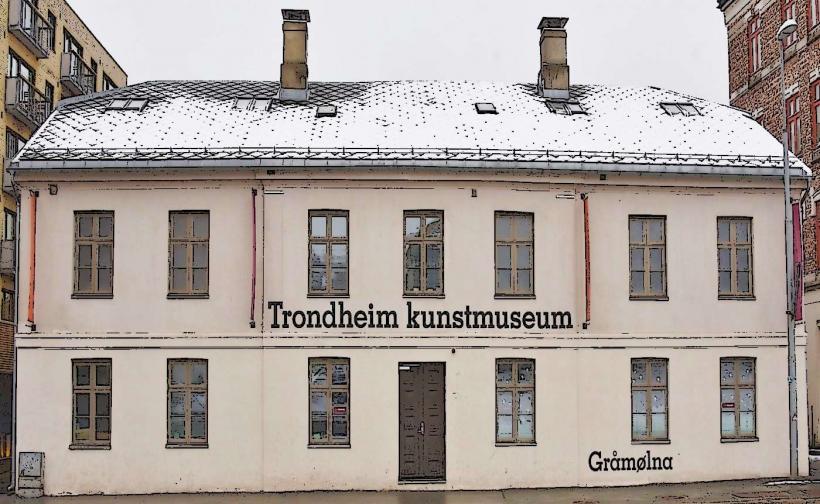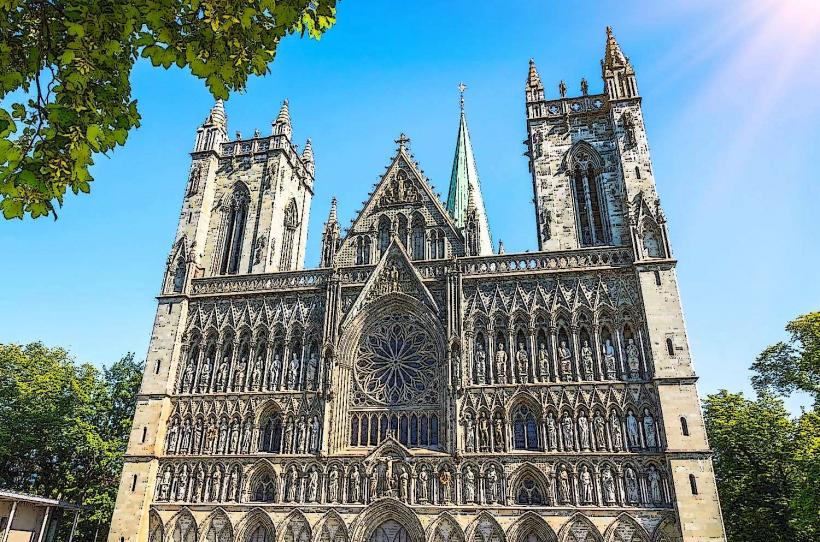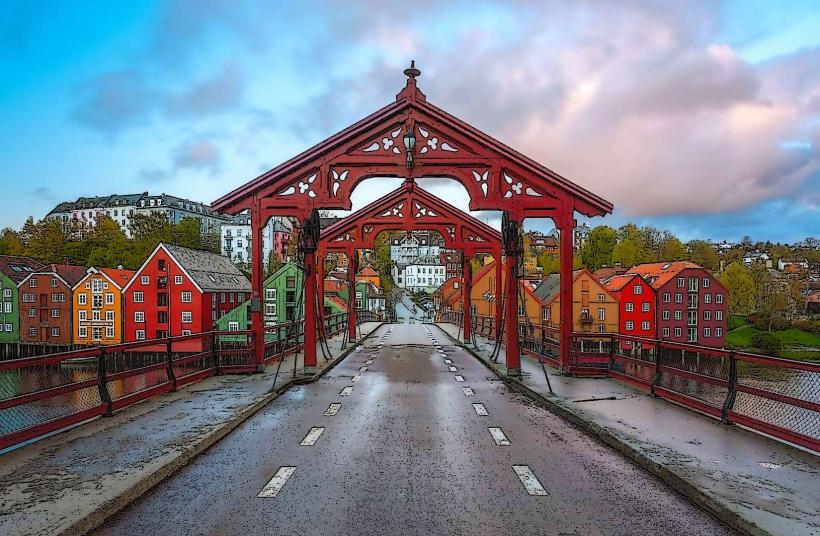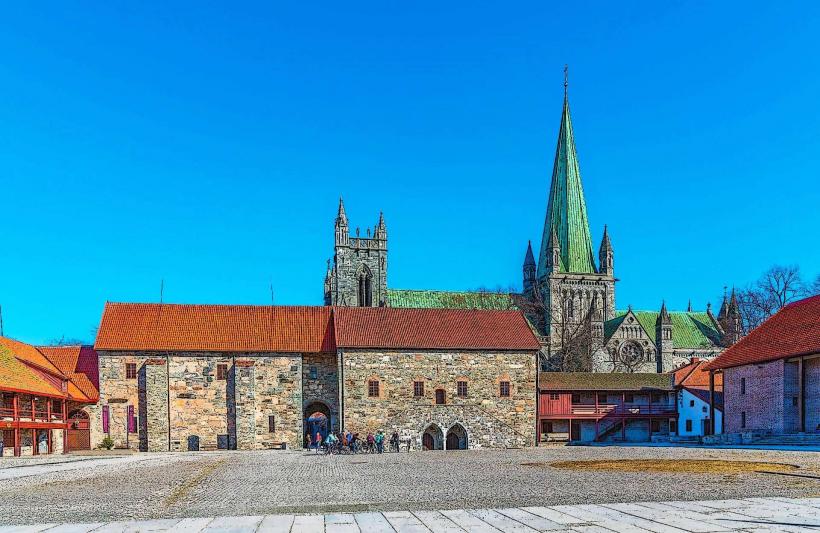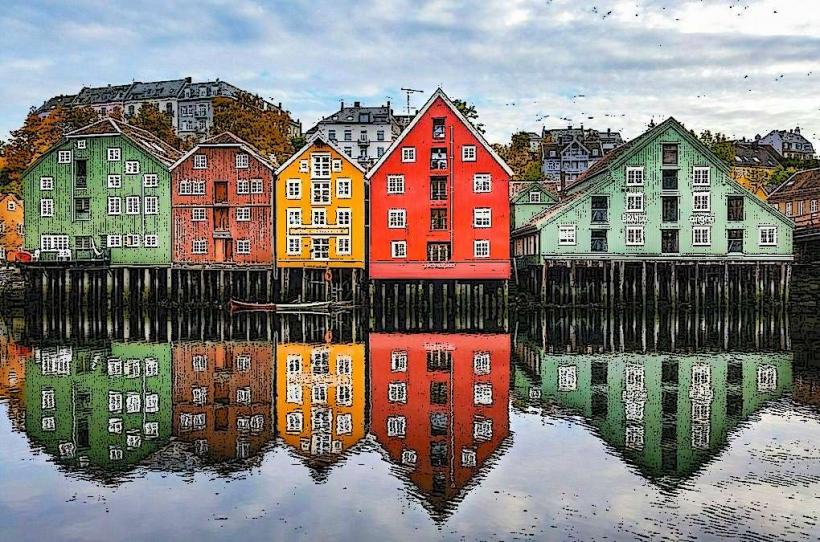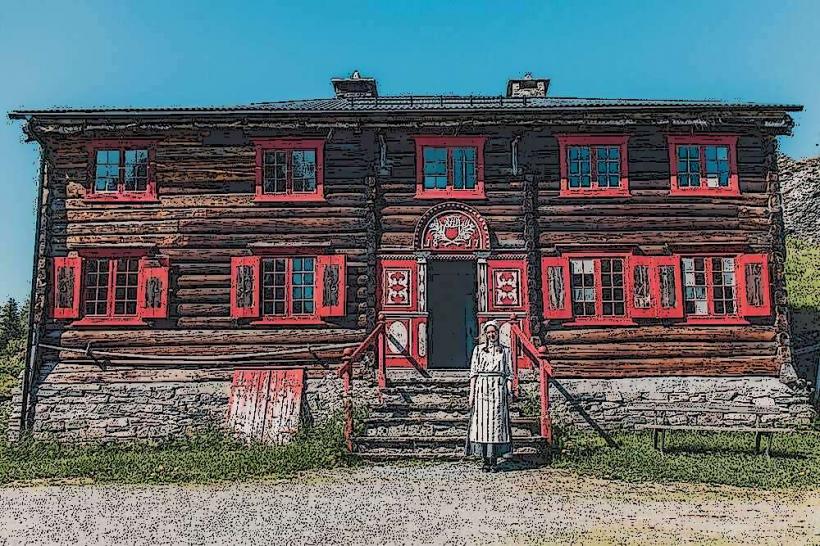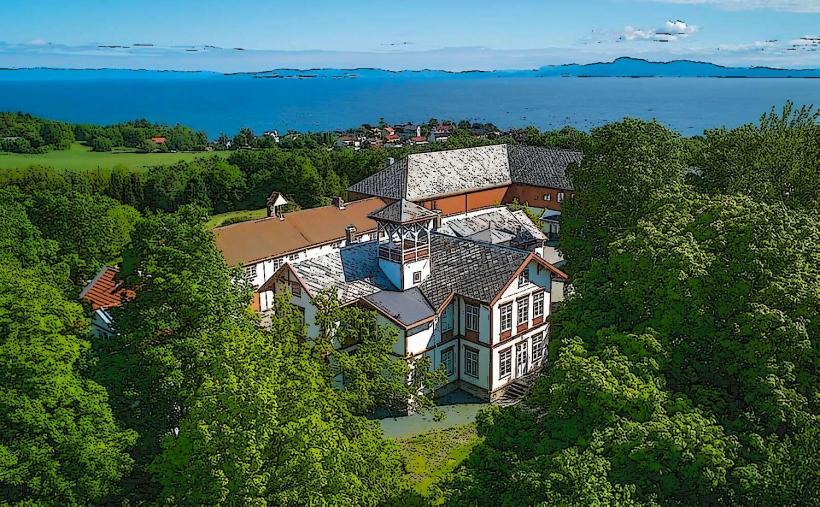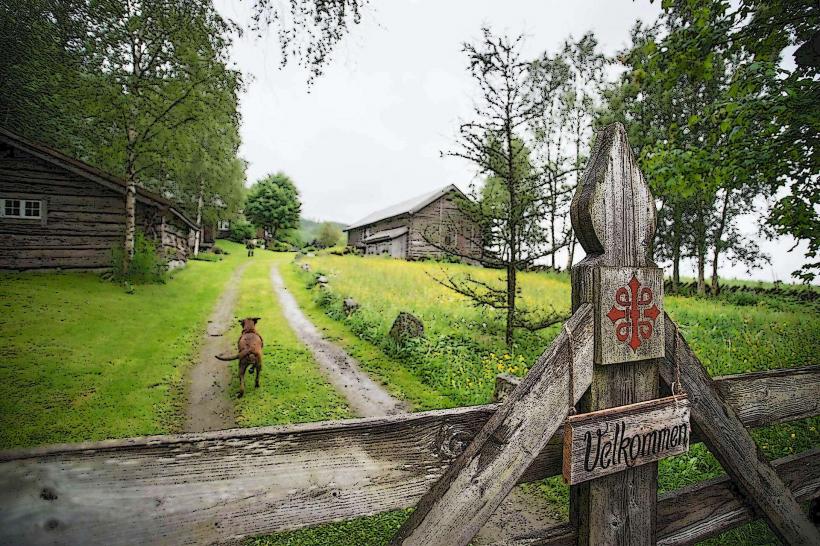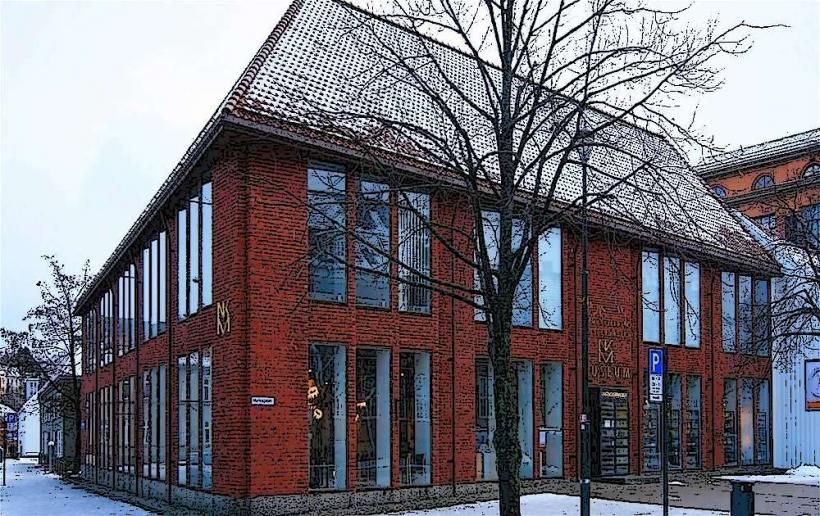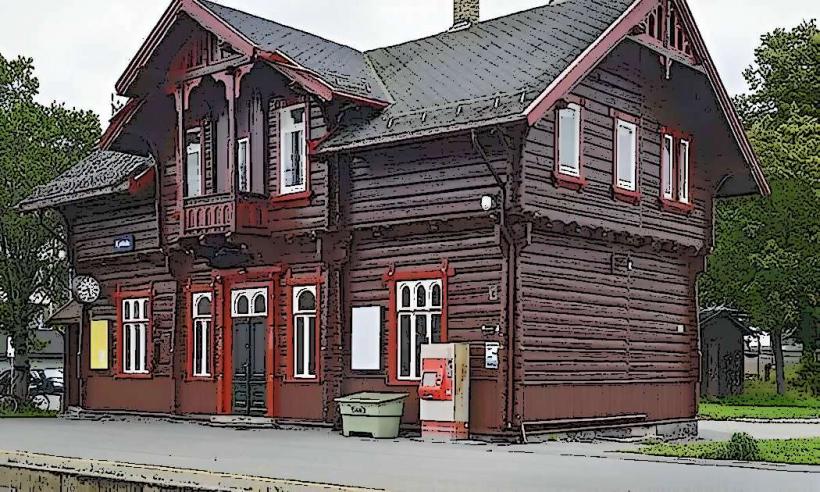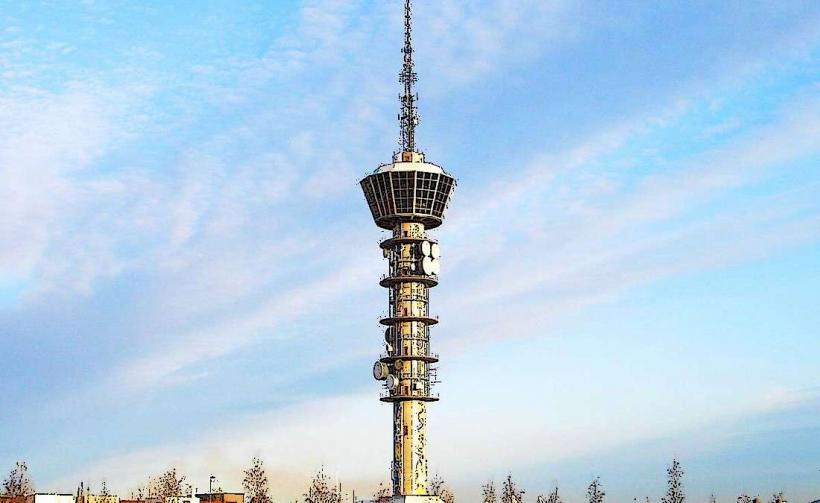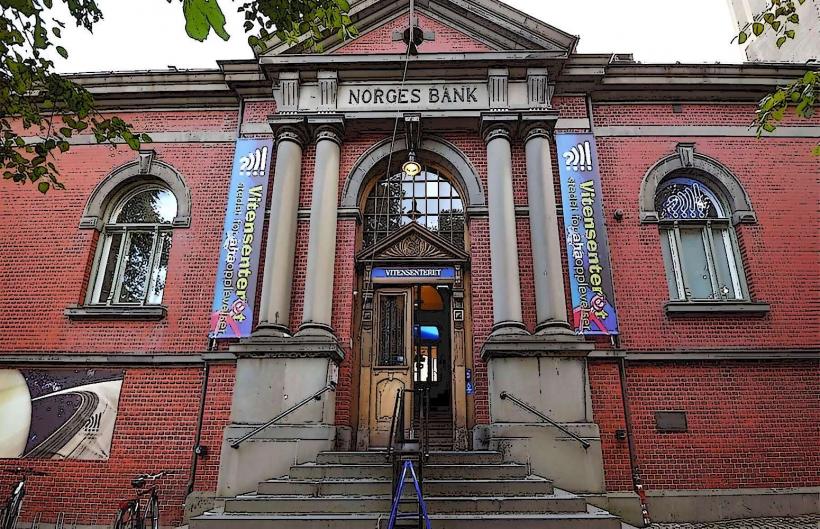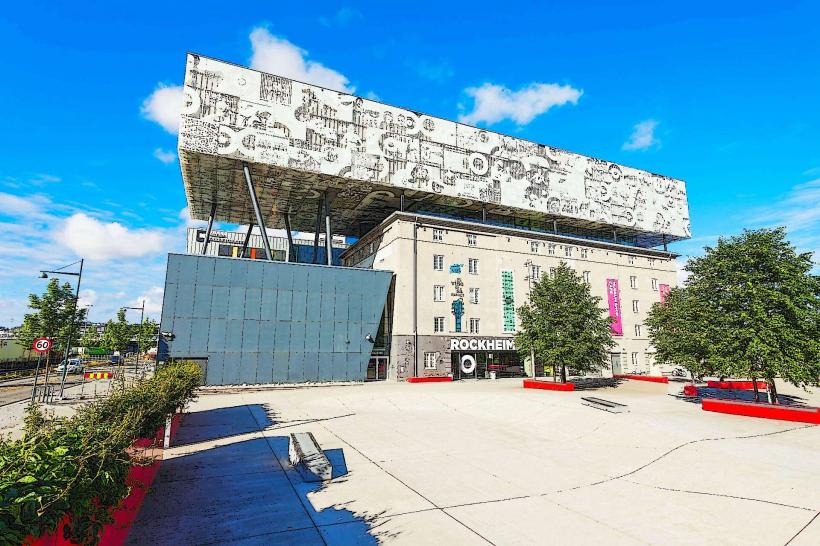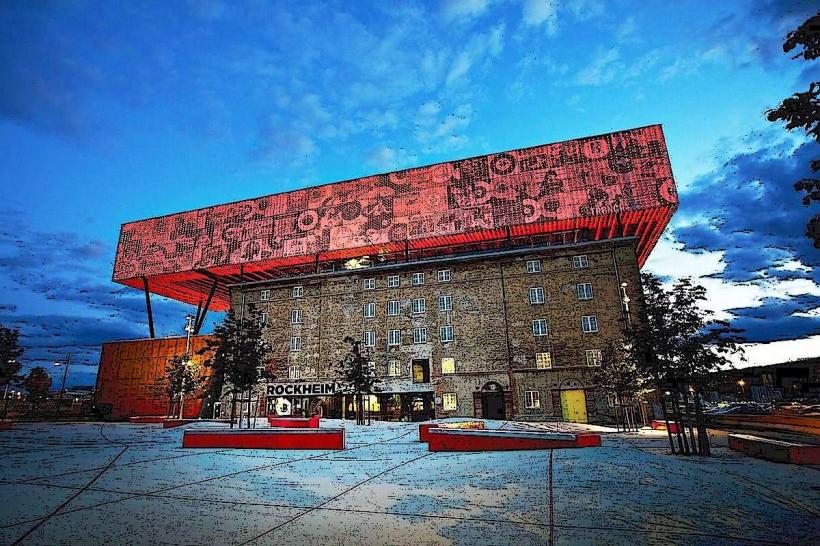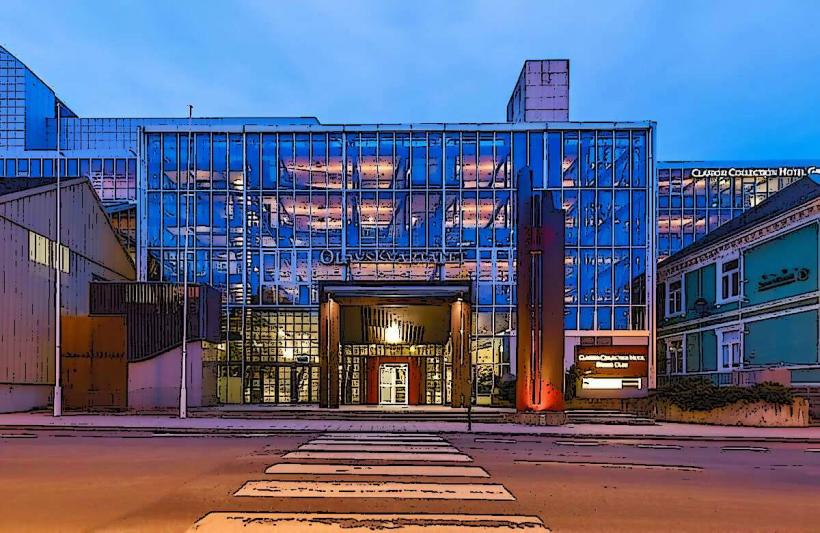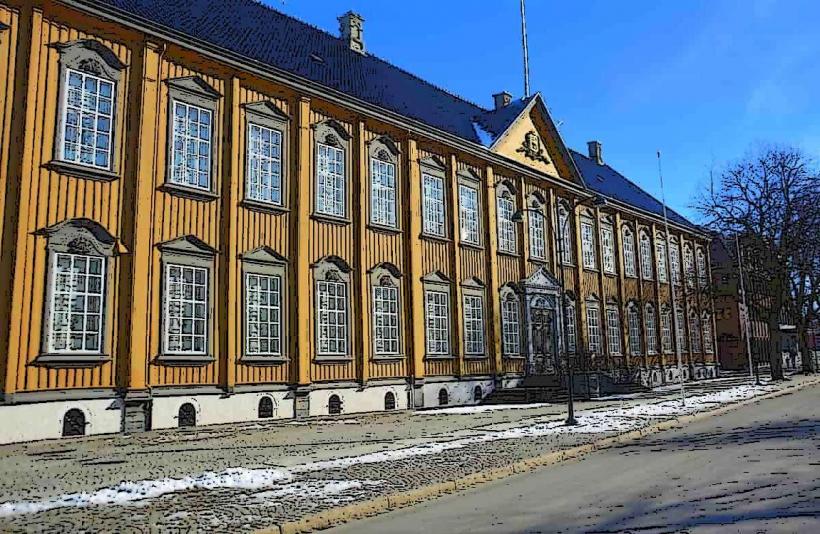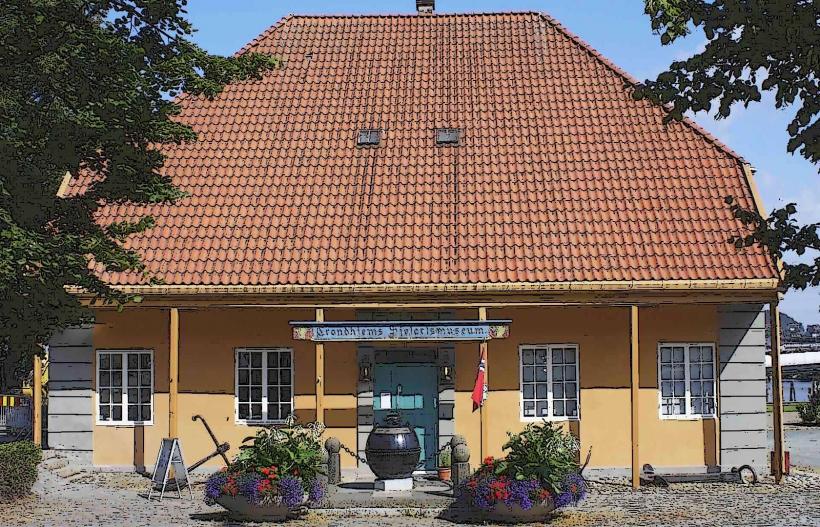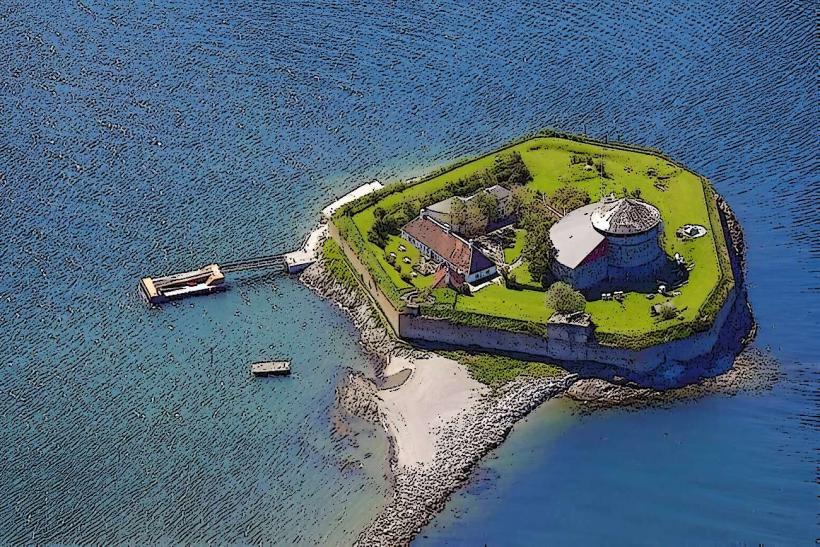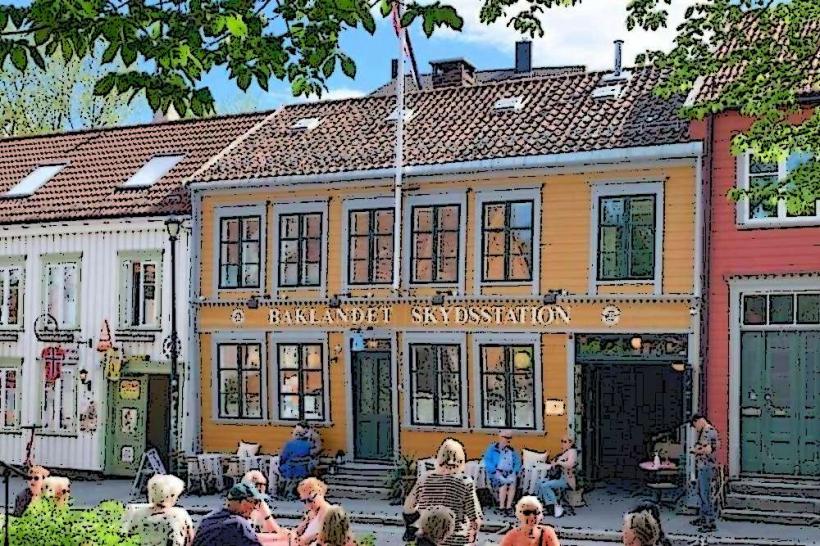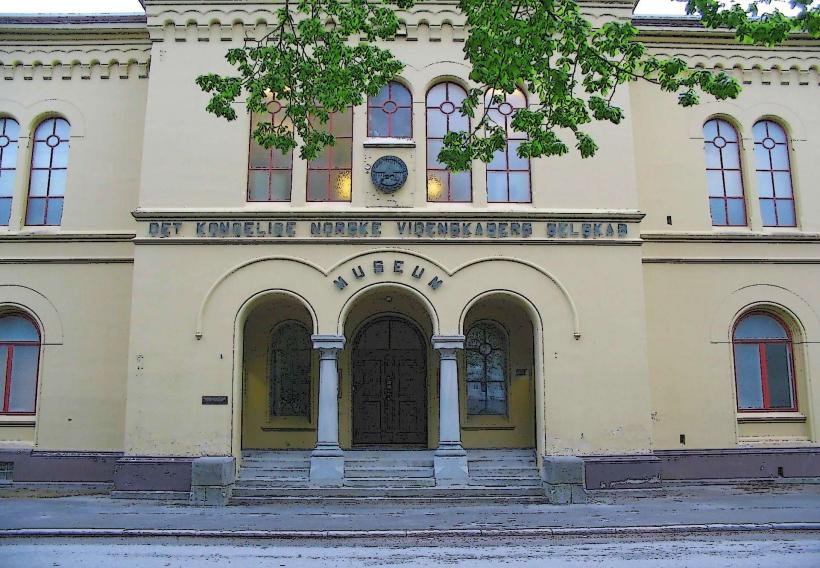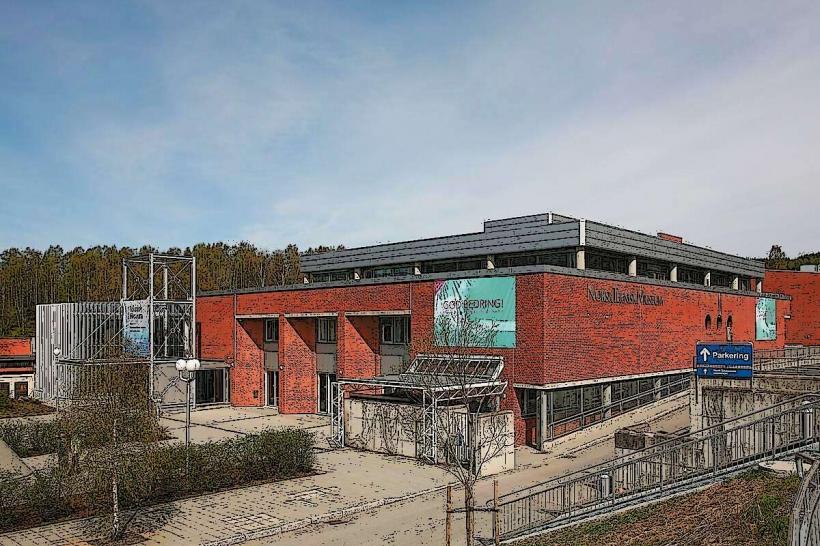Information
Landmark: Trondheim Botanical GardenCity: Trondheim
Country: Norway
Continent: Europe
The Trondheim Botanical Garden (Trondheim Botaniske Hage) is a scenic and educational garden located in Trondheim, Norway. It is part of the Norwegian University of Science and Technology (NTNU) and is one of the oldest botanical gardens in Norway. Established in the late 18th century, the garden offers a rich collection of plants from various climates and regions, with a focus on those that thrive in Norway's specific environmental conditions.
1. History and Background
- Foundation: The garden was founded in 1996 as part of the Norwegian University of Science and Technology (NTNU). It has a long history rooted in scientific research, and over the years, the garden has become a hub for plant studies and conservation efforts. It is used by students and researchers at the university to study plant diversity, horticulture, and environmental sciences.
- Development: The garden started as a smaller project and has expanded over the years. It now spans more than 60 acres and features a variety of themed gardens, plant collections, and greenhouses. The botanical garden is part of a larger cultural landscape, located at the foot of Tyholt Hill, which provides visitors with an easy-to-reach and scenic destination.
2. Layout and Design
The Trondheim Botanical Garden is designed to showcase the diversity of plant life from around the world, while focusing on species that thrive in the cold and temperate climates of Norway.
Themed Gardens: The garden is organized into several themed sections, each representing different ecological zones, geographical areas, or types of plant life. Some notable sections include:
- Norwegian Flora: A garden section dedicated to native plants of Norway, showcasing a wide variety of species found in the Norwegian landscape, such as mountain plants, wildflowers, and alpine species.
- Alpine Garden: This section features plants from alpine regions around the world. The cold-tolerant plants in this area are specially adapted to harsh, high-altitude conditions and include mosses, small shrubs, and colorful alpine flowers.
- Woodland Garden: A shaded area with plants that are typically found in woodlands and forests, including ferns, mosses, and a range of perennials suited for undergrowth.
- Herb Garden: A collection of medicinal and culinary herbs that have both practical and historical significance. This section includes plants such as lavender, mint, thyme, and chamomile.
- Wetland and Bog Garden: A garden that mimics wetland and bog environments, with plants such as cranberries, bog rosemary, and sundews, which thrive in moist, acidic conditions.
- Exotic and Tropical Plants: The garden's greenhouses house a collection of exotic and tropical plants, giving visitors a taste of plant life from warmer climates. Here, you can see species like bananas, cacti, tropical orchids, and palms.
Educational Trails: The garden includes several walking paths and educational trails that guide visitors through the different plant zones. These trails feature informative signage about the plants, their ecological roles, and their uses in traditional medicine or local cultures.
3. Greenhouses and Conservatories
- Tropical Greenhouse: The botanical garden features a large tropical greenhouse that houses a variety of warm-climate plants, including tropical flowers, fruiting trees, and exotic plants. This greenhouse helps to maintain plants that would not survive in the cold Norwegian climate.
- Cacti and Succulent House: A special greenhouse dedicated to plants from dry, arid environments, such as cacti, succulents, and drought-tolerant species. This section is a contrast to the tropical house, showcasing the diversity of plant life from regions with little rainfall.
4. Flora and Plant Collections
- Plant Diversity: The garden hosts a broad range of plant species, both native and non-native, from different continents and ecosystems. The collection includes flowers, shrubs, trees, ferns, mosses, and aquatic plants.
- Research Focus: As part of NTNU, the botanical garden plays an important role in plant research. The garden hosts a variety of scientific projects related to plant biology, ecology, and conservation, often collaborating with international research initiatives. The plants are cataloged and documented for educational purposes and scientific study.
5. Visitor Experience
- Opening Hours: The Trondheim Botanical Garden is typically open year-round, with extended hours during the warmer months to accommodate tourists. However, the greenhouse may have reduced hours during the winter, so it is advisable to check the opening times before visiting.
- Admission: The garden is generally free to visit, although special events, guided tours, and temporary exhibitions may charge an entrance fee.
- Walking Paths: Visitors can enjoy leisurely walks through the various sections of the garden, taking in the variety of plant life and the natural beauty of the surrounding landscape. The garden is designed to be accessible, with pathways that accommodate all levels of mobility.
6. Educational and Cultural Importance
- Educational Programs: The Trondheim Botanical Garden serves as an educational resource for students, teachers, and the general public. The NTNU uses the garden to support botanical research, plant science education, and environmental awareness. Additionally, there are regular events, workshops, and tours for schools, families, and garden enthusiasts.
- Public Engagement: The garden engages the public through seasonal events, such as garden tours, workshops on gardening, and plant conservation programs. During the warmer months, the garden often hosts plant sales, where visitors can purchase native and ornamental plants.
- Cultural Significance: As a part of NTNU, the botanical garden plays an important role in Trondheim's intellectual and cultural life. It is also a space for visitors to connect with nature and learn about the importance of plant conservation, biodiversity, and sustainable gardening practices.
7. Special Events and Activities
- Seasonal Festivals: The Trondheim Botanical Garden often organizes seasonal events such as spring plant fairs, autumn harvest celebrations, and winter gardening workshops. These events help foster a sense of community around gardening and environmental education.
- Guided Tours: The garden offers guided tours for visitors interested in learning more about the plants and their ecological significance. These tours are typically led by knowledgeable garden staff or botanical experts.
- Art Exhibitions: Occasionally, the botanical garden hosts art exhibitions that celebrate the intersection of art and nature. These may include outdoor sculptures, botanical illustrations, or photography displays related to plants and the natural world.
8. Nearby Attractions
The Trondheim Botanical Garden is located in a peaceful area close to Tyholt Hill, making it easy to combine a visit with other local attractions such as:
- Tyholt Tower: A nearby landmark offering panoramic views of Trondheim.
- Sverresborg Trøndelag Folk Museum: A museum that provides insight into Norwegian history and culture, located just a short distance from the botanical garden.
- Bakklandet: A charming neighborhood with traditional wooden houses and cozy cafes, just a short drive or walk from the garden.
9. Conclusion
The Trondheim Botanical Garden is a hidden gem in Trondheim, offering visitors a tranquil escape into nature and a fascinating exploration of the world of plants. Whether you're a nature enthusiast, a student of botany, or simply someone looking for a peaceful place to explore, the garden provides a delightful and educational experience. Its diverse plant collections, beautiful landscapes, and educational opportunities make it an important part of Trondheim’s cultural and natural heritage.

